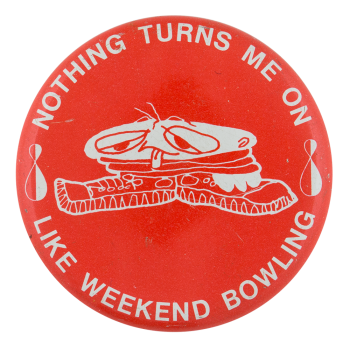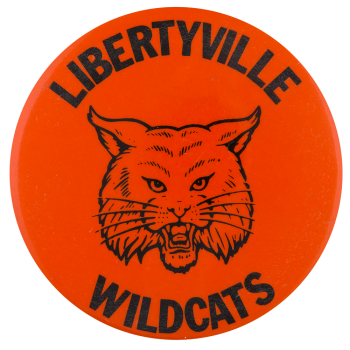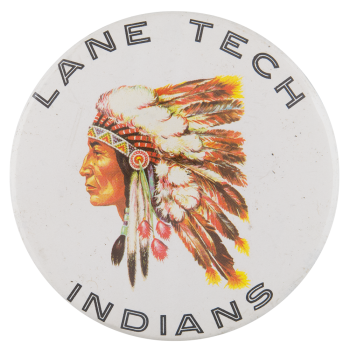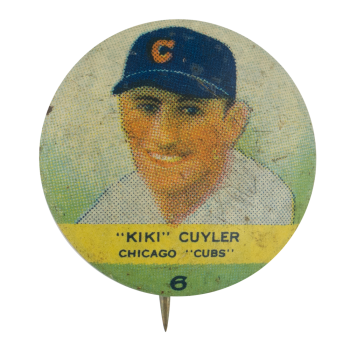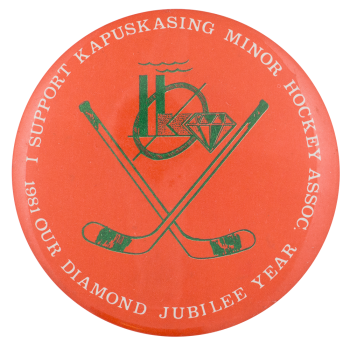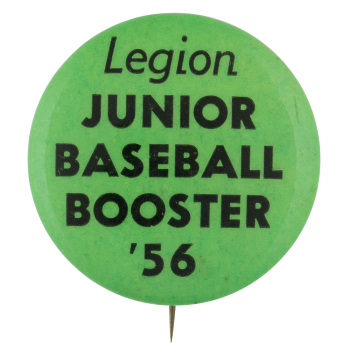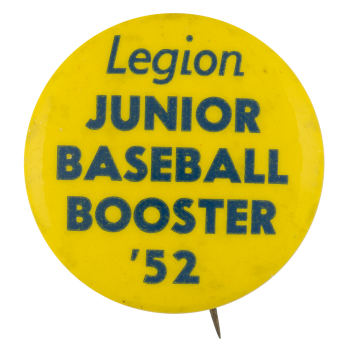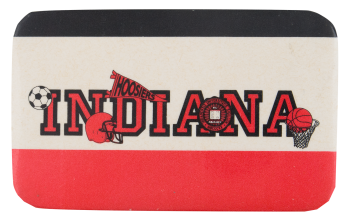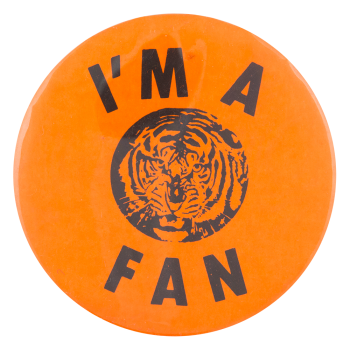Nothing Turns Me On Like Weekend Bowling
| Category | |
|---|---|
| Additional Images | |
| Sub Categories | |
| Text on Button | NOTHING TURNS ME ON LIKE WEEKEND BOWLING |
| Image Description | Red background with white text. Separating two lines of text are bowling pins and in the center, a white face with sleepy eyes and a tongue sticking out wearing a red outfit. |
| Back Style | |
| The Shape | |
| The Size | |
| Additional Information | Have info on this button? Contact us here. |
| Catalog ID | SP0036 |

